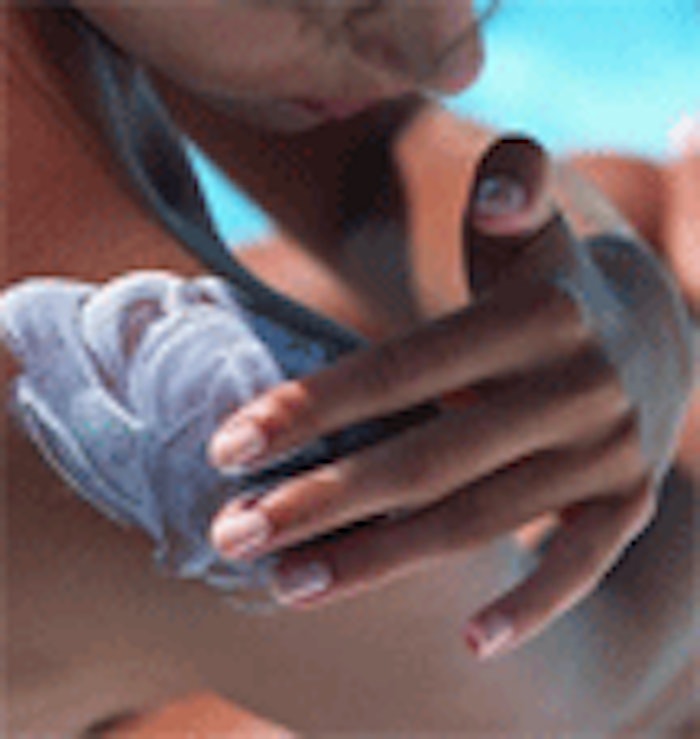
Research is shedding new light on sunscreens that might someday prevent or treat skin cancer by reversing dangerous gene mutations caused by overexposure to the sun.
Working with hairless mice, researchers found that a synthetic compound called CP-31398 helped stabilize damage in the tumor-suppressing p53 gene. This type of damage occurs in humans and mice alike after sustained exposure to the sun's ultraviolet B (UVB) rays.
Once treated and repaired, the UVB-exposed p53 mouse gene resumed its normal cancer-preventing activity, inhibiting the spread and proliferation of tumor cells.
"Once the skin is exposed to UVB it leads to mutations in the p53 gene, and it becomes nonfunctional, and then you see induction of skin cancer " explained study lead author Mohammad Athar, a professor of dermatology at the University of Alabama, Birmingham.
"But this compound we used interacts with the p53 mutant genes and converts them back into functional genes," he said. "And that led to less incidence of skin cancer tumors, fewer numbers of tumors, and slower tumor growth in the UVB-exposed mice populations we tested."
Athar's findings are published in the December issue of The Journal of Clinical Investigation.
In all, the authors conducted four mouse experiments during which the animals were irradiated with UVB for periods of time ranging from 16 weeks to 40 weeks.
Some mice were given topical or injected versions of CP-31398, either immediately before a scheduled exposure to UVB, immediately following it, or for an extended period of weeks following discontinuation of all UVB exposure. For comparison purposes, other mice were not given CP-31398 at all.
CP-31398 seemed to prevent the onset of cancer altogether in UVB-exposed mice treated prior to the development of tumors, the team found.
As well, the compound appeared to limit the growth of skin tumors that had formed prior to the treatment's application.
In both cases, the observed success was attributed to the compound's ability to jumpstart proper p53 function, the researchers said.
Athar pointed out that p53 mutations linked to skin cancer are also present in more than half of all tumor types, so the current work could theoretically lead to cancer prevention applications for a range of diseases beyond melanoma.
"We tested UVB-signature mutations, but every cancer-causing agent that interacts with p53 has its own form of mutation," he noted. "So, we need to see if different types of cancers can be attenuated with this type of compound."
"We are also planning to conduct more studies in mice to see if the compound we used has any toxicity, although we did not find that to be the case so far," he said. "So, we are planning long-term studies with mice. Once that is complete, we will certainly go for clinical trials with humans."
In the interim, Dr. Robin Ashinoff , the medical director of dermatologic, mohs and laser surgery at Hackensack University Medical Center in Hackensack, NJ, said that the current findings should be viewed with a mix of interest and caution.
"This still needs to be studied in human trials in a placebo-controlled fashion," she noted. "And bringing this kind of technology to market is always a long road."
"But if we can work at the genetic level to try and prevent skin cancer where it starts and correct and suppress the abnormal clones that arise from UVB exposure, that would certainly be quite advantageous," she added. "And it would be wonderful to be able to put this approach into a creme or a sunblock. That -- when it happens -- will certainly become the new gold standard."
More information
For more on melanoma risk factors, visit the American Cancer Society.
HealthDay News, December 7, 2007










